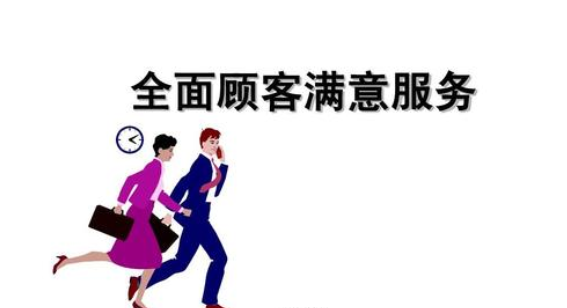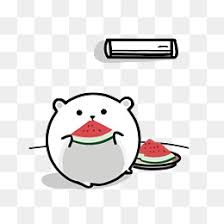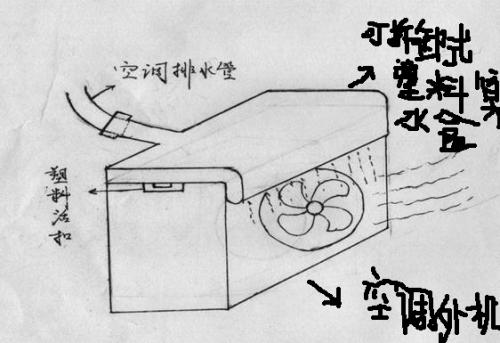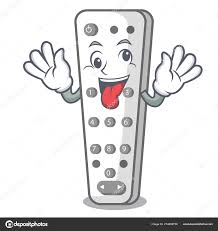In this article, we will explore the usage of quantity words in English. We will begin by providing an overview of the topic. Then, we will delve into four aspects of quantity word usage: basic rules, examples and exceptions, idiomatic expressions, and common mistakes to avoid. Finally, we will summarize and conclude the article.

The English language has a wide range of quantity words that are used to express various amounts or numbers. From basic numbers to more specific quantity words, understanding their correct usage is crucial for effective communication. In this article, we will provide a comprehensive guide to help you navigate the usage of quantity words in English.

Quantity words serve as determiners or quantifiers, providing information about the number or amount of something. They can be classified into two main categories: cardinal numbers and ordinal numbers.
Cardinal numbers represent precise quantities and are used for counting, such as "one," "two," or "ten." They can also be used as adjectives, as in "five books" or "six cars."
Ordinal numbers indicate the order or position of something in a series. Examples include "first," "second," "third," and so on. They can also function as adjectives, such as "the fifth edition" or "the second chapter."
Additionally, there are some irregular forms and exceptions to these basic rules, which we will explore in the next section.
Examples:
- There are three apples in the basket.
- She is the second person in line.
- I need to buy seven rolls of tape.
While cardinal and ordinal numbers form the foundation of quantity words, there are additional words and expressions used to express specific quantities. Some examples include:
- Few: Used to refer to a small number or quantity, often indicating scarcity or inadequacy. For example, "There are a few books left on the shelf."
- Several: Indicates an unspecified but relatively small number. It is used when the exact quantity is not important or when there is a range of possibilities. For instance, "I received several emails today."
- Dozen: Represents a group of twelve items or units. It is commonly used for counting food items or objects sold in sets of twelve. For example, "Could you buy a dozen eggs on your way home?"
It is essential to note that there are exceptions and variations in the usage of quantity words, such as irregular plurals or specific rules for collective nouns. Understanding these exceptions will help in using quantity words accurately in different contexts.
Examples:
- She knows a few good restaurants in town.
- He received several awards for his performance.
- I would like to order a dozen red roses for her birthday.
Quantity words are often used in idiomatic expressions, which add depth and richness to the English language. These phrases may not follow strict numerical meanings, but instead convey figurative or exaggerated concepts. Some common examples are:
- A dime a dozen: Refers to something that is plentiful, easy to find, or of little value. For instance, "In that area, talent agents are a dime a dozen."
- One in a million: Represents something extremely rare or unique. It emphasizes the exceptional nature of a person or situation. For example, "She is one in a million—talented, kind, and beautiful."
- A hundred percent: Indicates complete agreement or certainty, often used to confirm that something is entirely true or accurate. For instance, "I am a hundred percent sure that I locked the door."
Understanding these idiomatic expressions will expand your linguistic abilities and enhance your fluency in English.
Examples:
- Don't be fooled by their promises; those cheap products are a dime a dozen.
- Finding a loyal and trustworthy friend like her is like finding one in a million.
- I one hundred percent believe in your abilities to succeed.
When using quantity words, there are some common mistakes that English learners often make. Being aware of these errors can help you avoid them and improve your language accuracy. The following are a few examples of mistakes to watch out for:
- Misusing "much" and "many": "Much" is used with uncountable nouns, while "many" is used with countable nouns. For example, "How much water do you need?" (uncountable) versus "How many books do you have?" (countable).
- Confusing "few" and "a few": "Few" implies a negative or scarce quantity, while "a few" indicates a small but positive quantity. For instance, "Few people attended the meeting" versus "A few people attended the meeting."
- Using "less" instead of "fewer": "Less" is used with uncountable nouns, while "fewer" is used with countable nouns. For example, "There is less sugar in this recipe" (uncountable) versus "There are fewer players on the field" (countable).
By paying attention to these common mistakes and practicing their correct usage, you can communicate more effectively in English.
Examples:
- How much time do you have before the meeting?
- There are only a few seats left in the theater.
- Fewer students attended the lecture than expected.
Quantity words in English play a vital role in expressing numbers and amounts. By understanding the basic rules, examples and exceptions, idiomatic expressions, and common mistakes, you can use these words effectively and accurately. Remember to consider the context and purpose of your communication to choose the appropriate quantity words. With practice, mastering the usage of quantity words will contribute to your overall fluency in the English language.
标题:如何用英语说数量单词(英语中的数量词用法指南)
地址:http://www.15852833951.com/gzdm/47272.html







